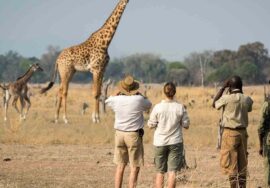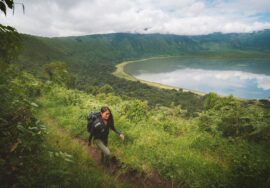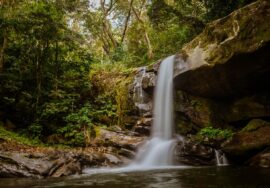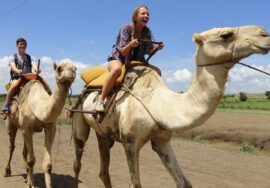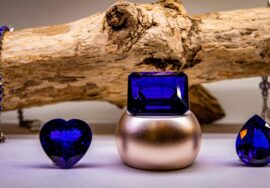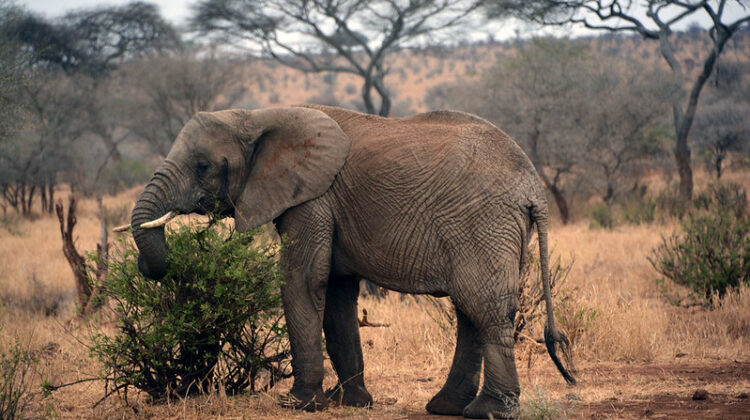
Selous Game Reserve
One of the biggest parks in the world is the Selous Game Reserve. It’s in the southern part of Tanzania. The site has been a UNESCO World Heritage Site since 1982. This is because it has a lot of different kinds of wildlife and nature that hasn’t been messed with. It’s worth a visit, even though it’s not near any of Tanzania’s northern national parks. It covers 50,000 km2 and has extra safety zones around it, making it even bigger than Denmark!
Selous has wildlife.
When you go on trek in Selous game reserve, you can see a huge variety of animals. In Selous, you can find lions, leopards, hippos, and alligators. There are hyenas, black rhinos, and hard-to-find East African wild dogs that you can see. This is also home to Cape buffalo, Masai giraffes, wildebeests, and zebras. The wildebeests and zebras are famous for their great migration.
Besides elands and bushbucks, it is also home to impalas, a lot of Lichtenstein’s hartebeests, waterbucks, and sable antelope. There is a lot less noise here than in the other parks, so you can be sure to have a one-of-a-kind Tanzania holiday! A very big group of African bush elephants used to live in Selous Game Reserve. Unfortunately, the numbers have dropped a lot because poaching is so common in the game area.
There are birds in the Selous Game Reserve.
A lot of birds live in Selous Game Reserve. Researchers have identified more than 445 different kinds of birds that live in the Selous’ different environments. Some birds that live near lakes are the giant kingfisher, the pink-backed pelican, and the African skimmer.
The white-fronted bee-eater, the fish eagle, the carmine eagle, the ibis, and the palmnut vulture can all be seen along the sandbanks. Some of the water birds you can see in Selous Game Reserve are the trumpeter hornbill, the yellow-billed stork, the white-crowned spur-winged plovers, the malachite kingfisher, and different types of small waders. Some of these birds are migrant species.
Selous by boat
One more thing you can do in Selous is go on a boat tour. It’s also one of the few parks where you can go on a walking tour. This is a great trip if you want to see hippos, crocodiles, and lots of beautiful birds along the Rufiji River. From the boat, you can also see a beautiful sunset. There is nothing like being on the calm river as the sun goes down.
The best time to go
From June to October, when it’s dry, is the best time to go to Selous. It’s easier to see the wildlife because the plants aren’t as thick, and the animals have gathered around known water sources. As the heavy rain ends, the roads become very unusable, and many of the camps close. This means that the wet season is over. During their dening phase, which starts in June and lasts until August, is a good time to see the rare wild dogs.
Here are some travel tips from our pros about Selous
Nixon is my name, and I’ve been a guide at Selous for 16 years. The fact that there are so many animals that live near water, like hippos and alligators, amazes most of our guests. Our clients like taking a walk to the Stiegler gorge instead of going on a jeep tour.
How long are you staying? At least three days, counting the day you arrive and the day you leave, since those days aren’t full days. The second day is the only full day in this case.
Here are some suggestions for when and how to be there best:
Stay away from the rainy months; I suggest going between June and October. The park isn’t open during those months. When it rains, the land turns into a swamp, and animals move to Mikumi or deeper into the park.
It would take at least a day to drive from Selous to any of the other parks. I suggest that you fly because it’s the only way that I think is comfortable.
Which hotel?
The Rufiji River Camp is silver.
Golden Selous River Camp
Serena Mivumo Lodge (Gold)

